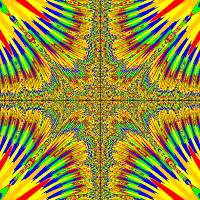I have seen a lot many discussion
Most of the users use getoneinsertingobj for collision(i mean, according to me what i searched for...)
But why they don't use range
I have used it for better collision and its working perfectly
Can anyone explain me :-
1which one is better
2 what are the demerits






